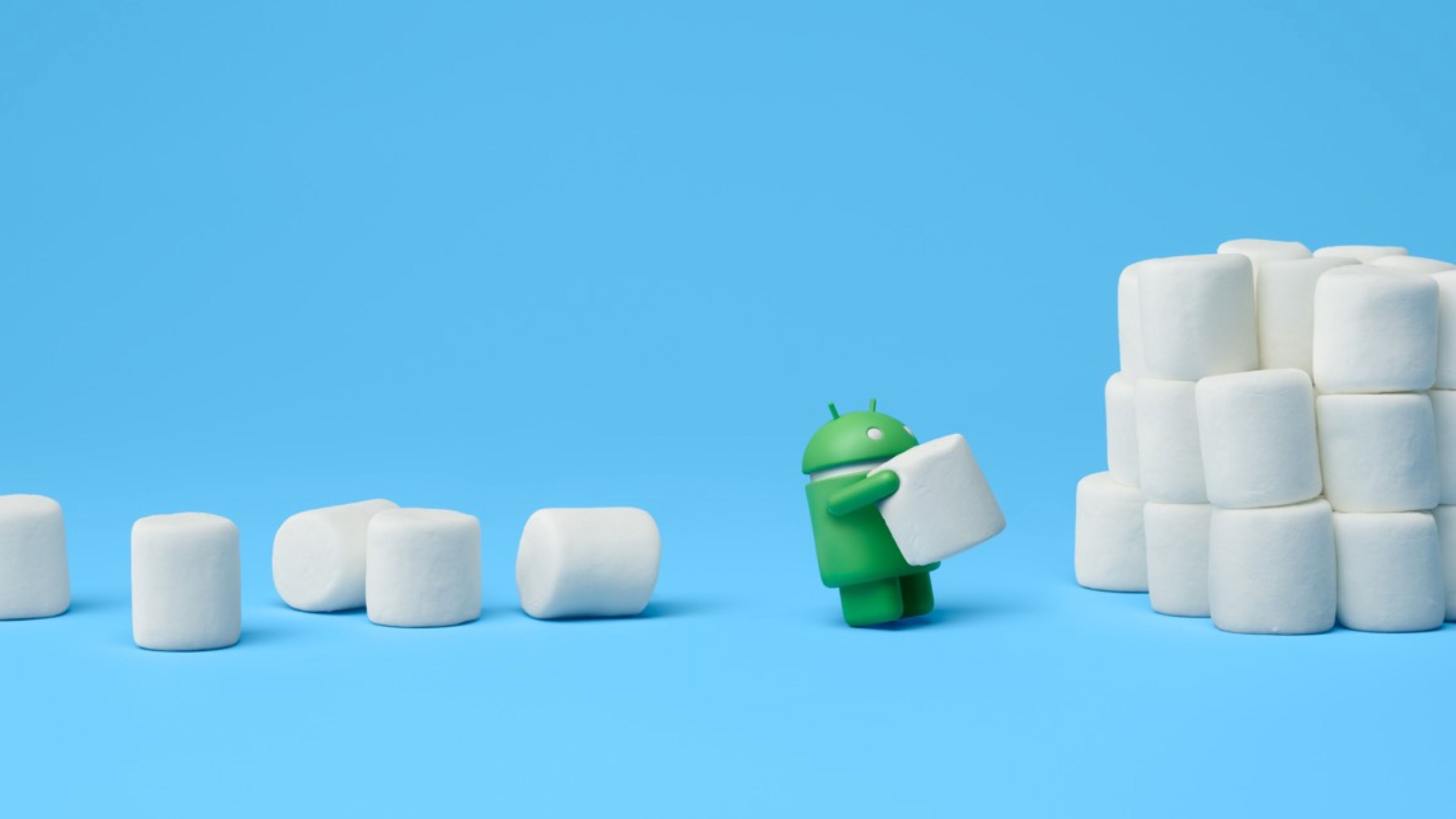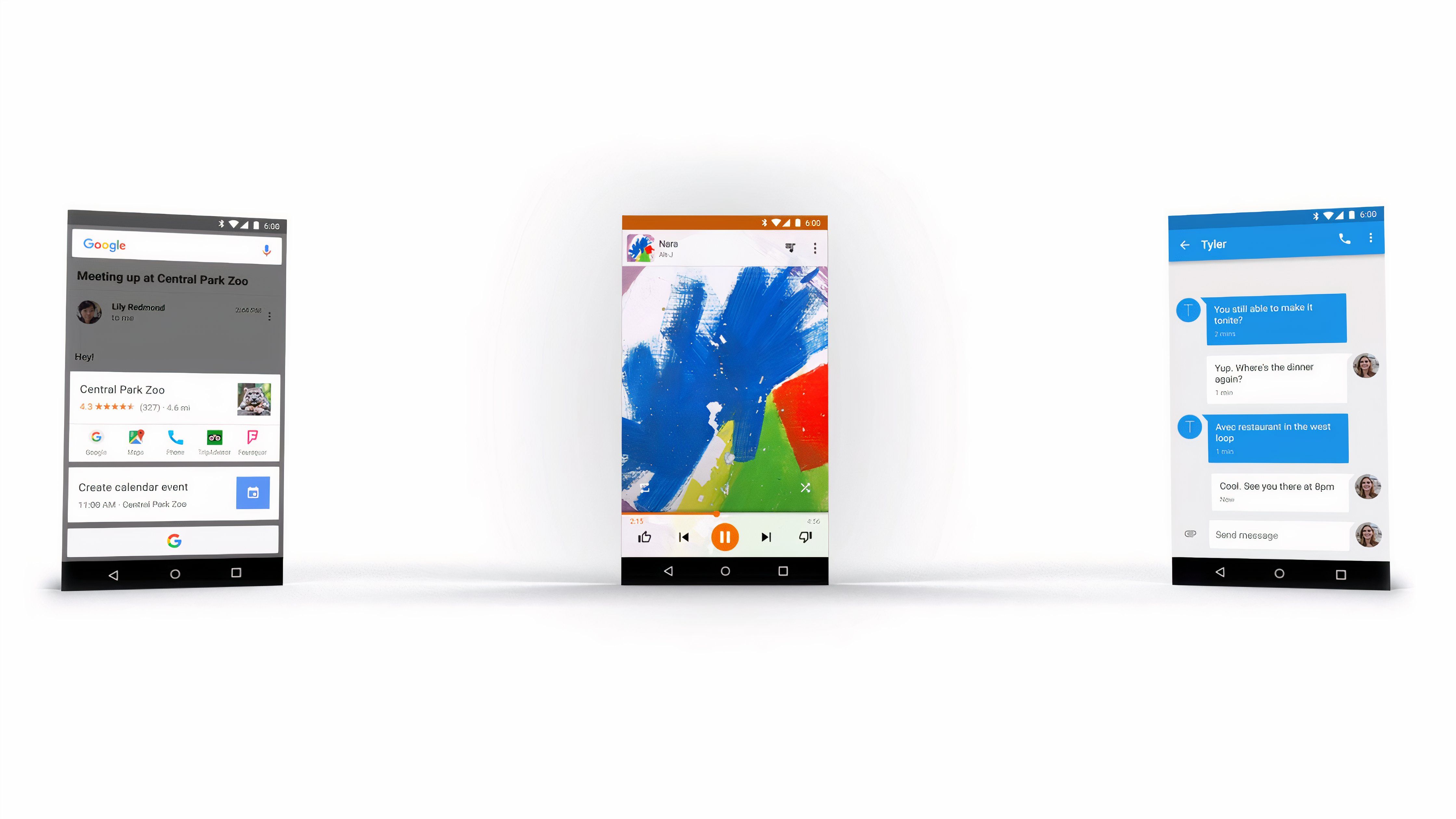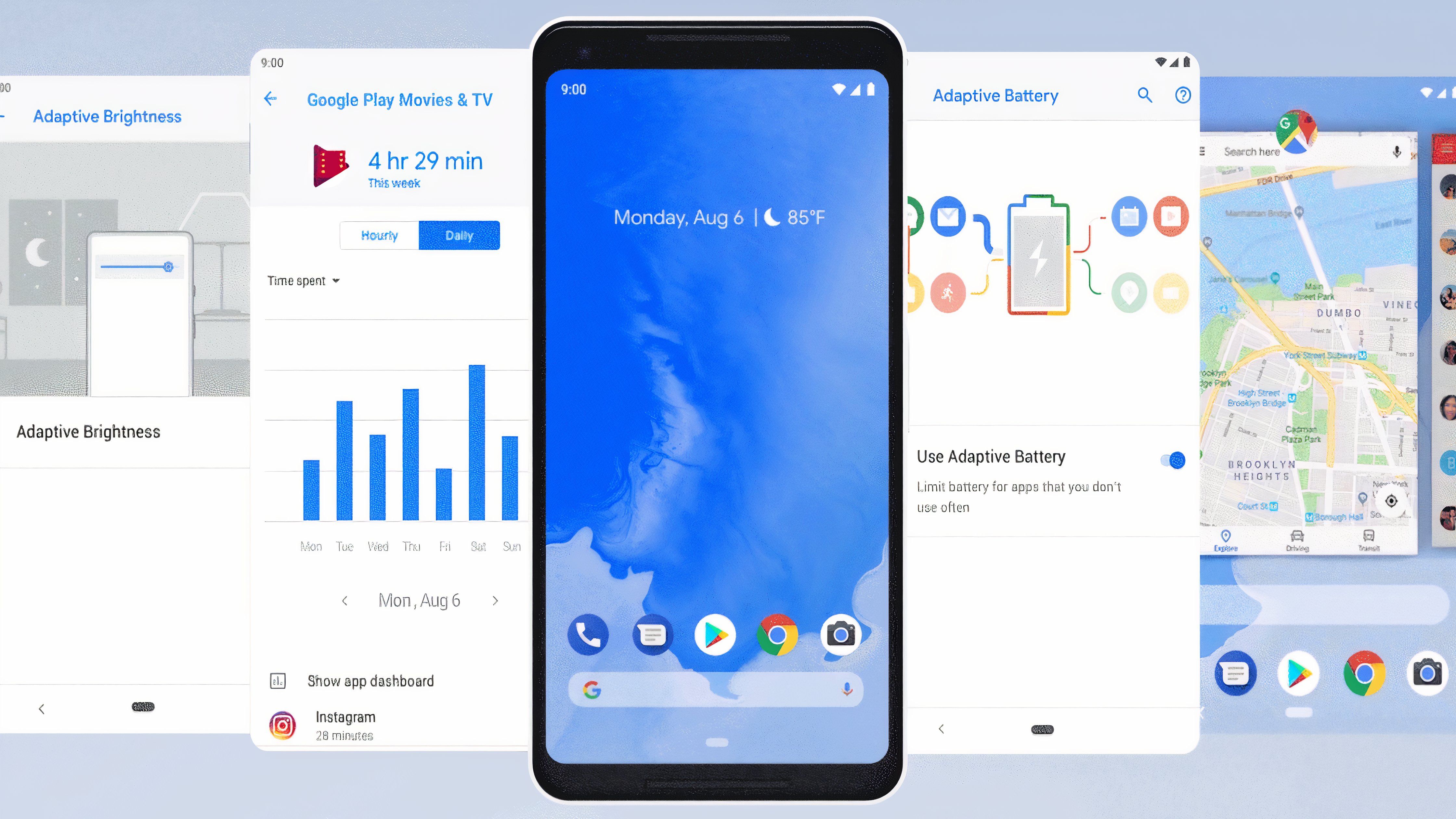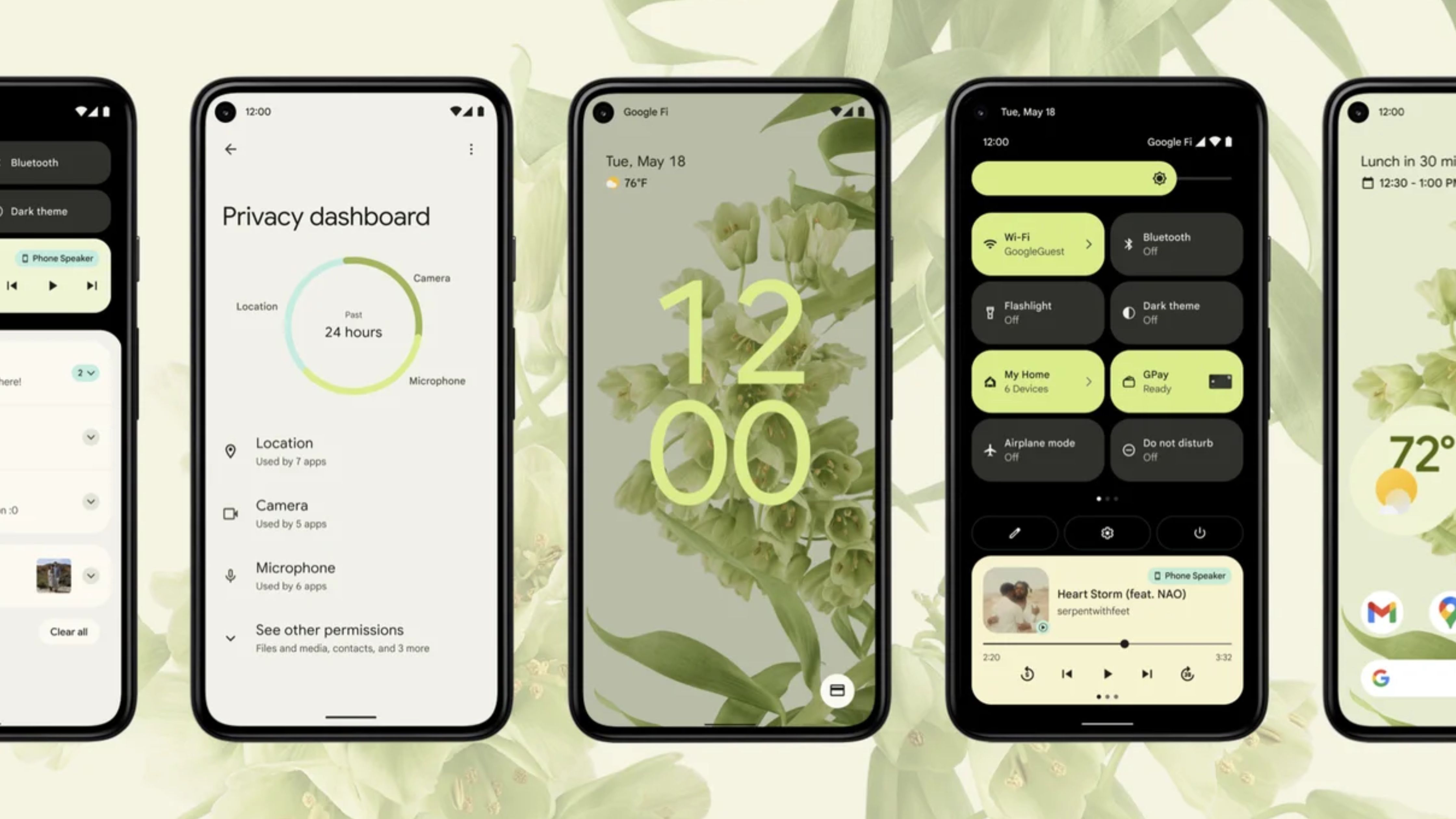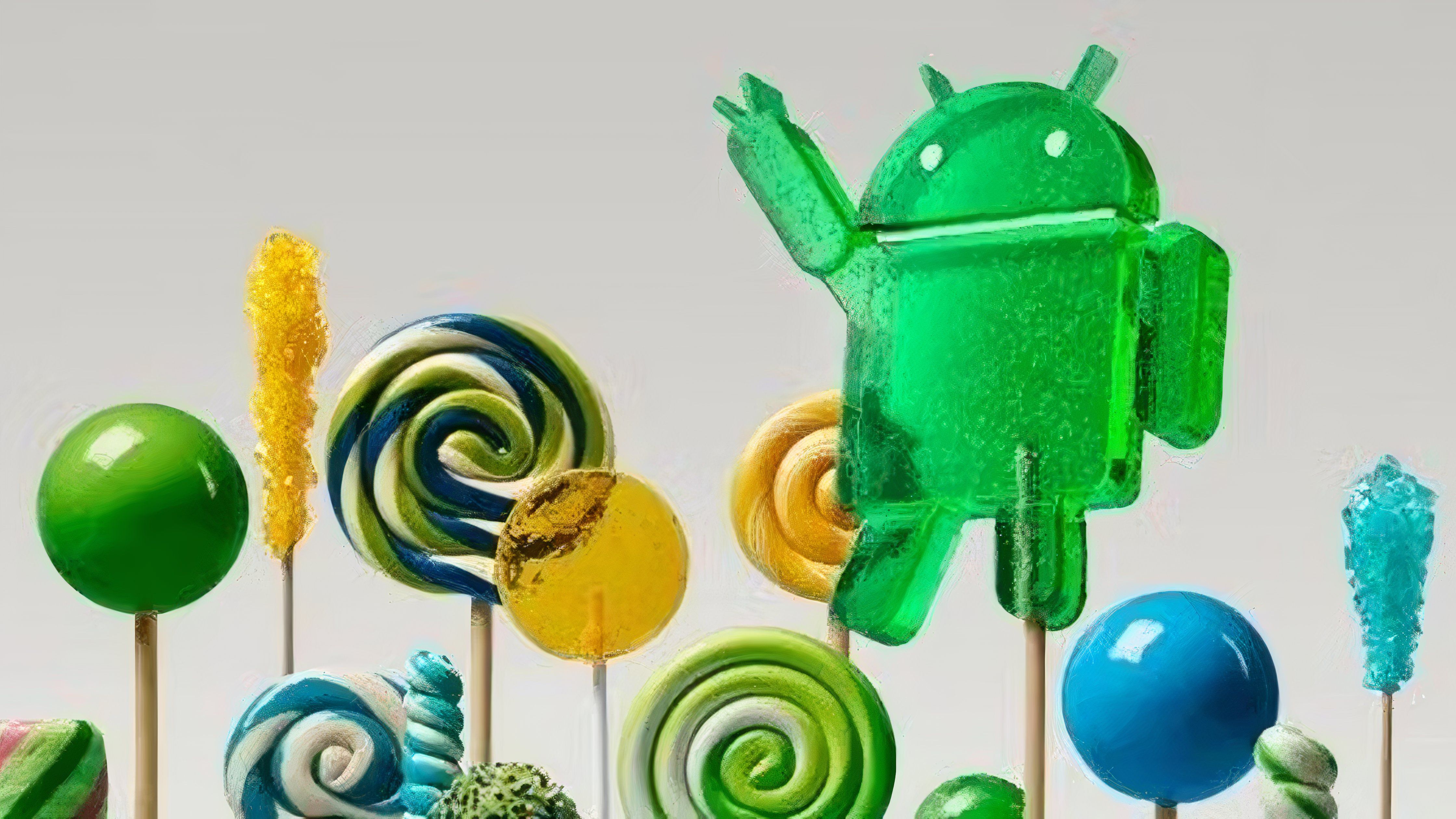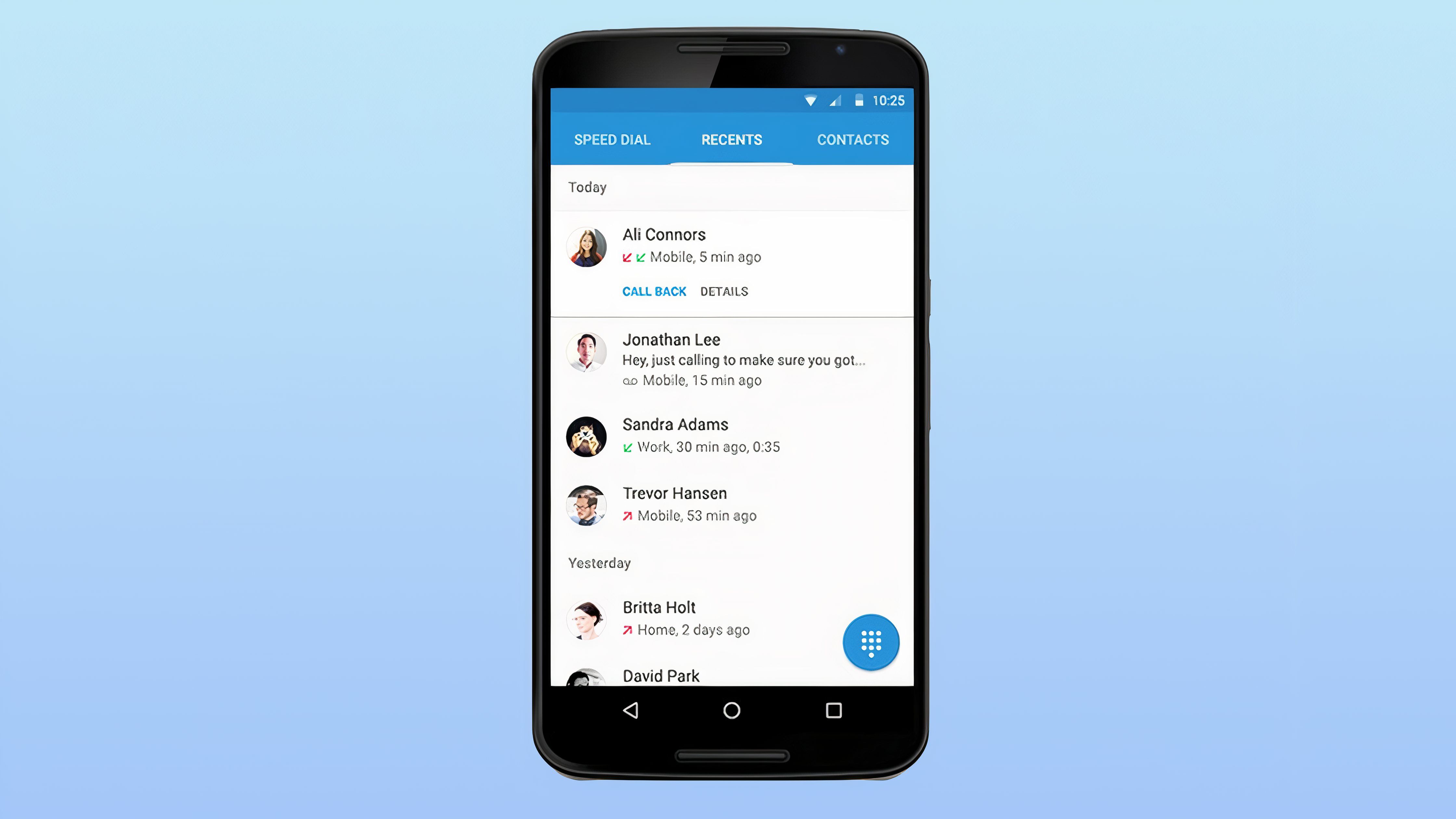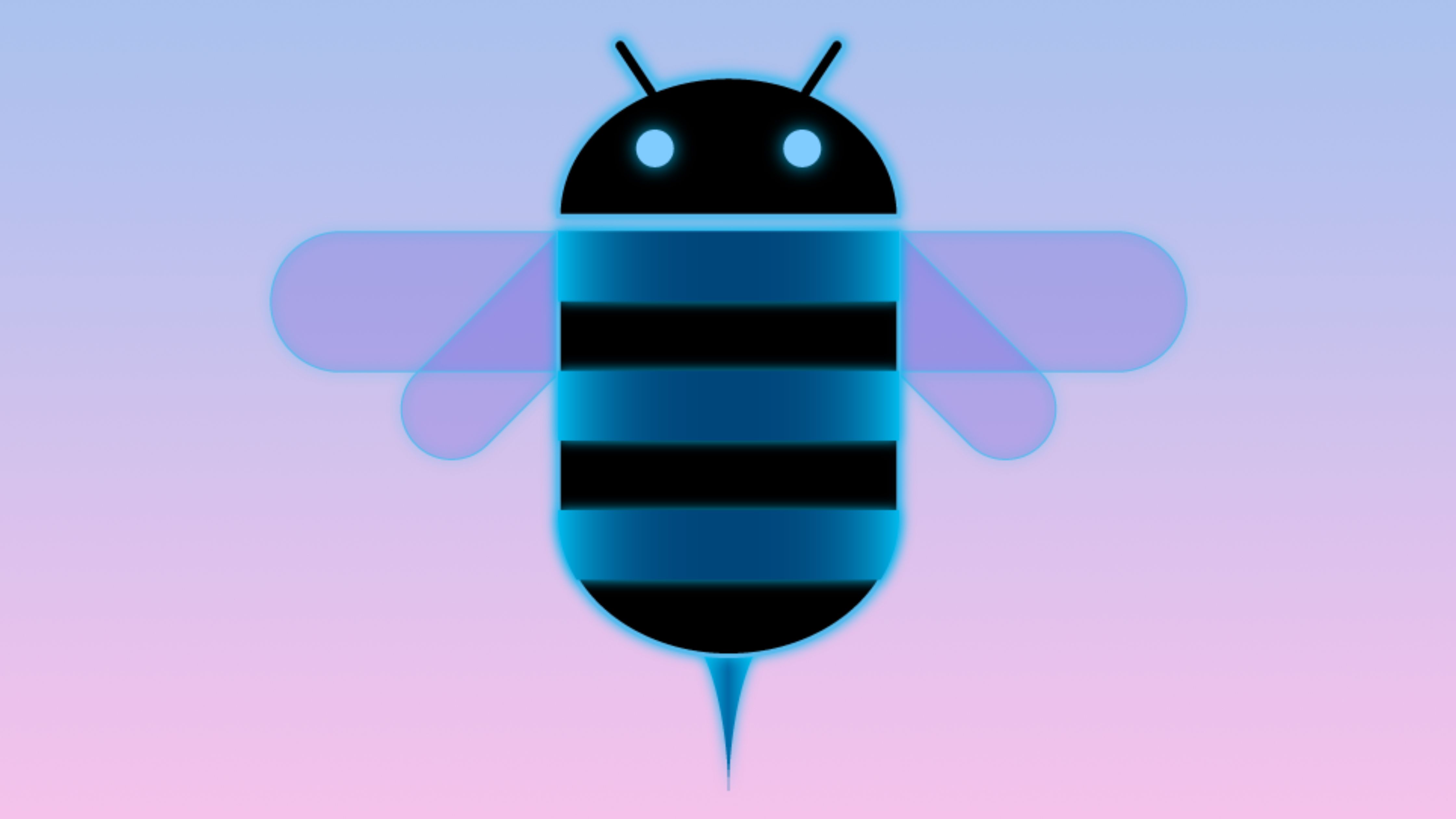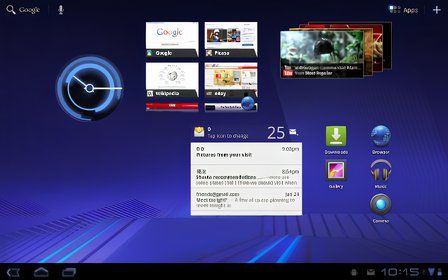We’re gearing up for the release of Android 15, but it’s easy to forget how many ups and downs exist in the history of Android. It’s our favorite operating system at Android Police, but it wasn’t always great. Many of us fondly remember the early versions of Android and the vintage handsets that ran them. However, when we take off our rose-colored glasses, it’s easy to see the awful versions throughout Android’s 16-year history.
Let’s break down the five worst Android updates to grace (or, more accurately, beleaguer) our dependable and go-to phones. Whether due to bugs, poor performance, or unwanted changes, these Android versions earned a spot on the one list they didn’t want to be on.
5 Android 6 Marshmallow had its bright spots
But fragmentation problems and general issues affected this version
Source: Google
Android 6.0 Marshmallow had some positives, like solid battery life, but introduced several problems. For starters, unclear and complicated app permissions in Marshmallow confused developers and users. Fragmentation problems, general issues, and subpar performance on older devices were black marks on Marshmallow’s record.
One of Android Police’s writers, Roland Udvarlaki, recalled Android 6.0 rendering his Sony Xperia Z5 as a paperweight. We don’t know whether this particular example was the fault of Google or Sony, but there are plenty more experiences like this one where Marshmallow is concerned.
Source: Google
Marshmallow was the best of the worst. It introduced features like a fingerprint sensor and USB Type-C port support, as well as apps like the now-defunct Google Pay (Android Pay at the time). There were reasons to remember it fondly, but bugs and problems left a sour taste in the mouths of some Android users.
4 Android 9 Pie introduced pill-shaped navigation
And it made Android fans remember Pie in a negative light
Source: Google
Android 9.0 Pie earns a spot on this list for one reason: pill navigation. Pie introduced mandatory pill-shaped gesture navigation on phones like the Pixel 3. Android is all about choice, and Android 9.0 took that choice away in favor of uniformly by shipping the odd pill navigation. Users generally hated it, and Google killed off pill-shaped navigation on the Pixel 4. Gesture navigation is nearly ubiquitous on Android phones and iPhones today, but the first attempt at it by Google in Pie was a swing and a miss.
3 Android 12 Snow Cone had problems and delays
And we won’t even talk about Android 12L
Source: Google
Android 12 disappointed due to problems, delays, and slow operation. Google had its own problems with Android 12, and that caused ripple effects with other top OEMs at the time. OnePlus had so many problems developing its Android 12 skin that it faced numerous delays, and the OnePlus Nord N20 shipped without it. Other issues with the update included slow performance, lagging, and delayed notifications. Things were poorly received, and countless posts on forums and Google’s support hubs asked how users could roll back their devices to Android 11.
Then, there was Android 12L, an update optimized for tablets and foldables that was only necessary due to how badly Android ran on abnormal form factors. It barely made a dent in the user experience, adding a dock and little else, as Apple continued to make iPadOS the standard for big-screen operating systems.
2 Android 5 Lollipop was laden with bugs and issues
It felt like a step backward from Ice Cream Sandwich
Source: Google
Our penultimate pick is Android 5.0 Lollipop, which had a few redeeming qualities but was overrun with bugs and performance issues. This release introduced Material Design, which still influences some parts of Android. Lollipop felt like a step back from the cohesive feel of Ice Cream Sandwich and lacked reliability. We liked that Android 5.0 Lollipop brought a clear design language to the platform for the first time, but that ambitious overhaul came with too many unwanted bugs.
Source: Google
Although Lollipop had a rough launch, with many performance issues and bugs, it improved over time. The early days of Android 5.0 Lollipop caused phantom battery drain problems that frustrated users. The update eventually provided more battery life on Android phones thanks to Project Volta, but things got worse before they got better. Additionally, some people didn’t like the apparent oversimplification of Material Design in its early days.
Another reason Android 5.0 Lollipop isn’t remembered fondly is because it was miles behind iOS 8 at the time. Apple was chasing peak ecosystem-level integration with Continuity, which debuted with iOS 8, and Android didn’t have any equivalent features. It’s only now catching up with cross-device services, roughly 10 versions later.
1 Android 3 Honeycomb was the one we never got
Oh, it was really bad, too
Source: Google
No matter how you slice it, the worst Android version to ever ship (or not ship, for that matter) was Android 3.0 Honeycomb. It was a colossal failure by just about every measure, starting with its direction. Android needed to compete with the iPad, so Honeycomb was a tablet-only release intended to help the best Android tablets of the time attract more users. We know now that this didn’t happen. Android 3.0 Honeycomb’s standing as a tablet-only release meant that very few people could use it since Android tablet shipments were extremely low.
Source: Google
The update only made its way to about a dozen devices and quickly fell into obscurity. The few who used Honeycomb may remember it for bugs, frequent crashes, and general instability. In some ways, Android 3.0 Honeycomb was too ambitious because some design choices and UX elements are found in future versions of Android. Android 4.0 Ice Cream Sandwich featured some of the ideas of Honeycomb in a more fleshed-out manner and compatible with more devices.
Honeycomb’s failure can be viewed as a “chicken or egg” scenario. It was bad because Android tablets at the time were bad. Still, the operating system was plagued with issues and didn’t support Flash. Subsequent Android 3.1 and 3.2 updates tried to fix some of these problems, although it was a lost cause by that point. So, were awful tablets or the disastrous update most responsible for the failure of early Android tablets? We might never know, but regardless, Android 3.0 lives in infamy as the worst Android version ever, at least for now.
Android Police’s list of honorable mentions
The Android Police team debated long and hard before coming to this final list, and we have a few honorable mentions. Android 4.0 Ice Cream Sandwich almost earned a spot here due to its strange performance issues on older devices. We thought the Android 10 update was boring and felt sad that we no longer get official dessert names for Android versions as of that release. Android 7.0 Nougat isn’t fondly remembered here due to its atrocious performance on the Nexus 6.
What’s next for Android?
Now, we have two questions. What’s the next Android update that will join these ranks? And what features is Android 15 hiding under the hood that will keep this update from joining our list of worse Android versions?
Source link

